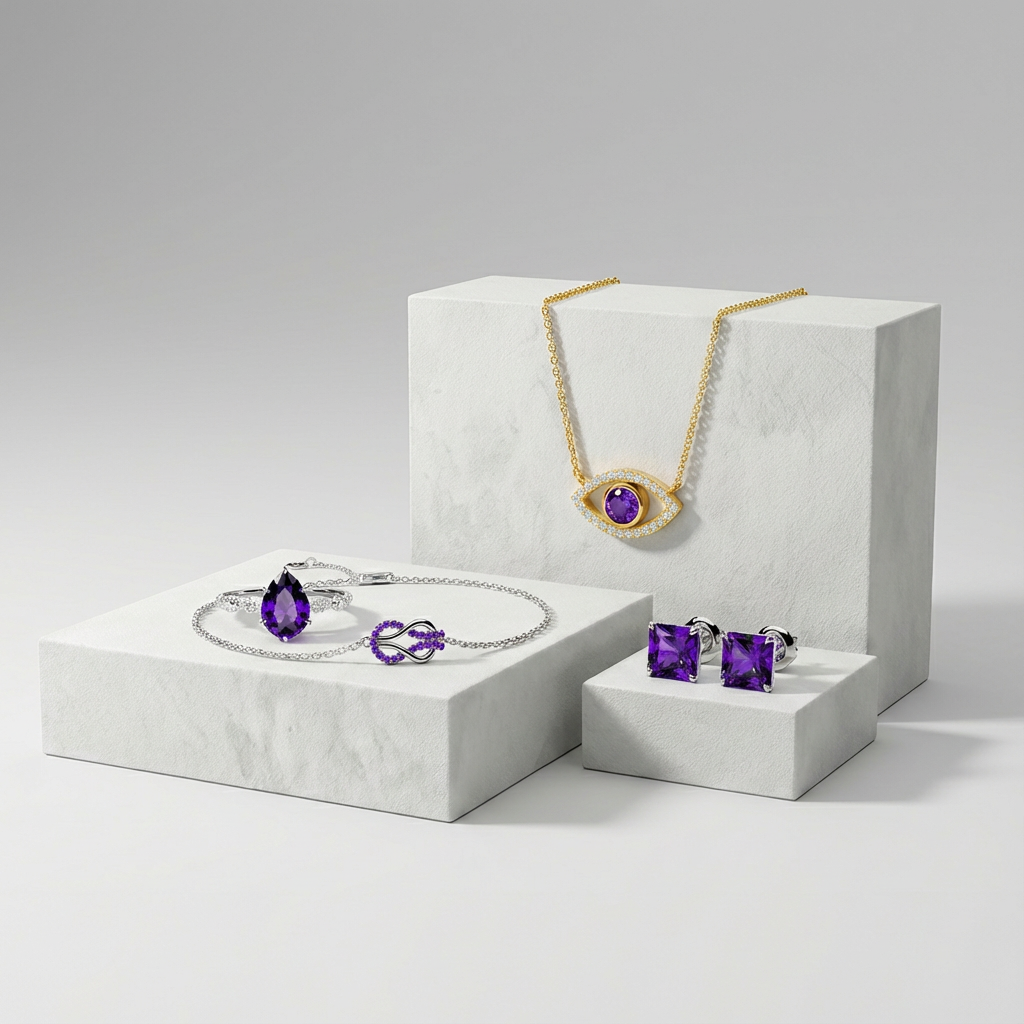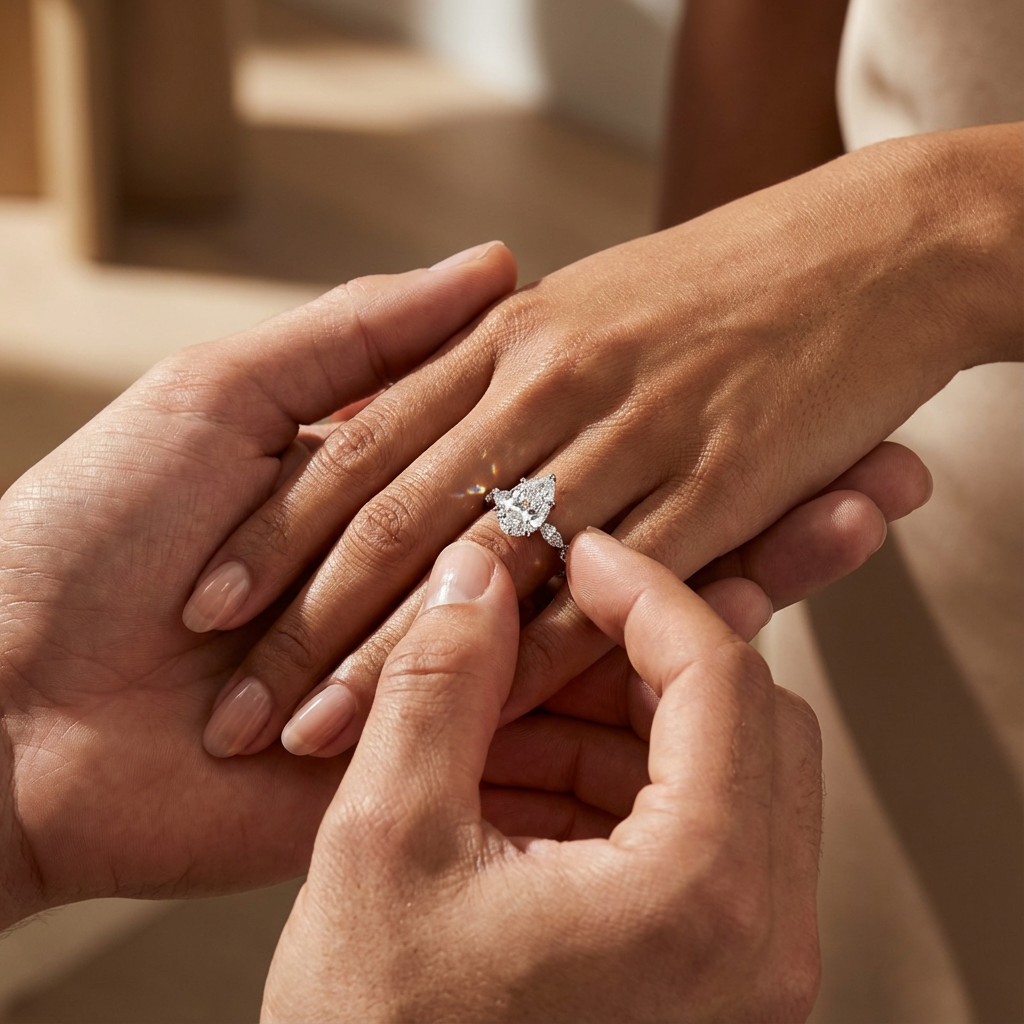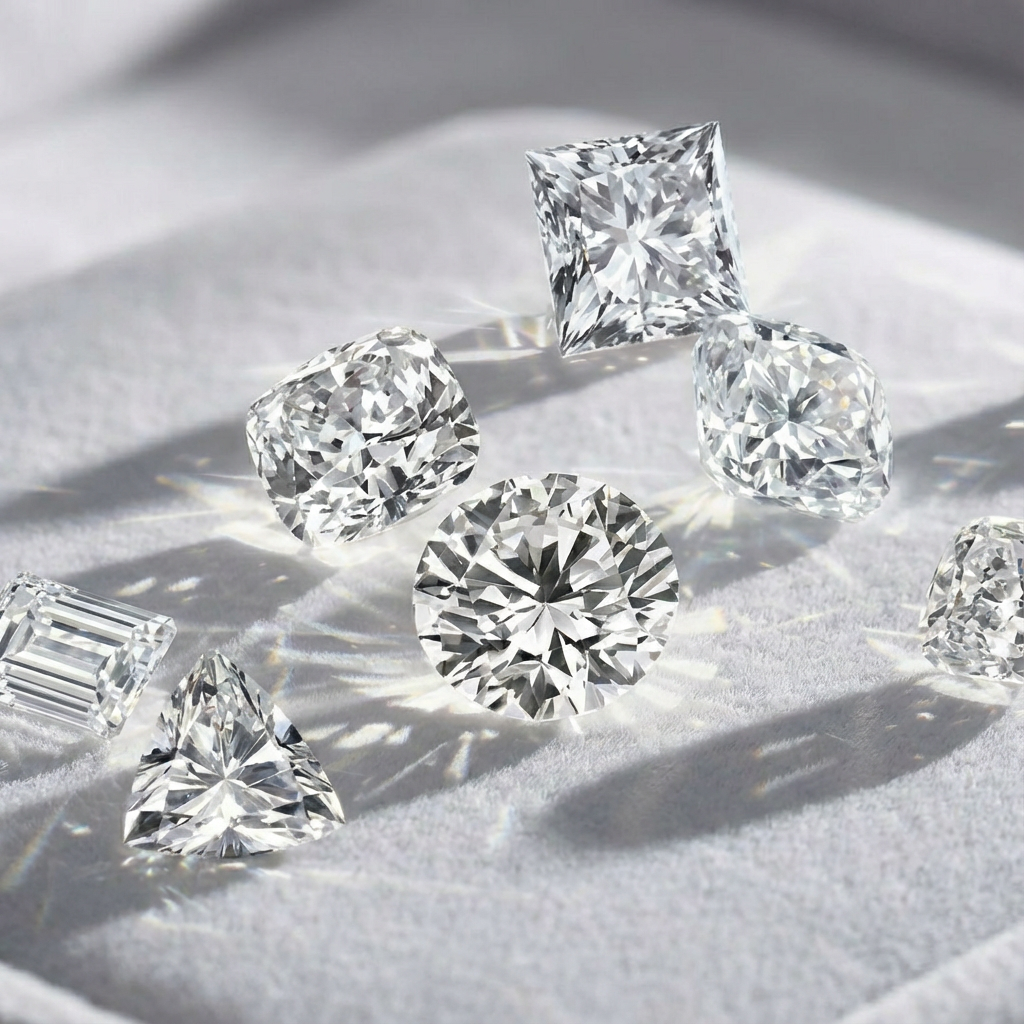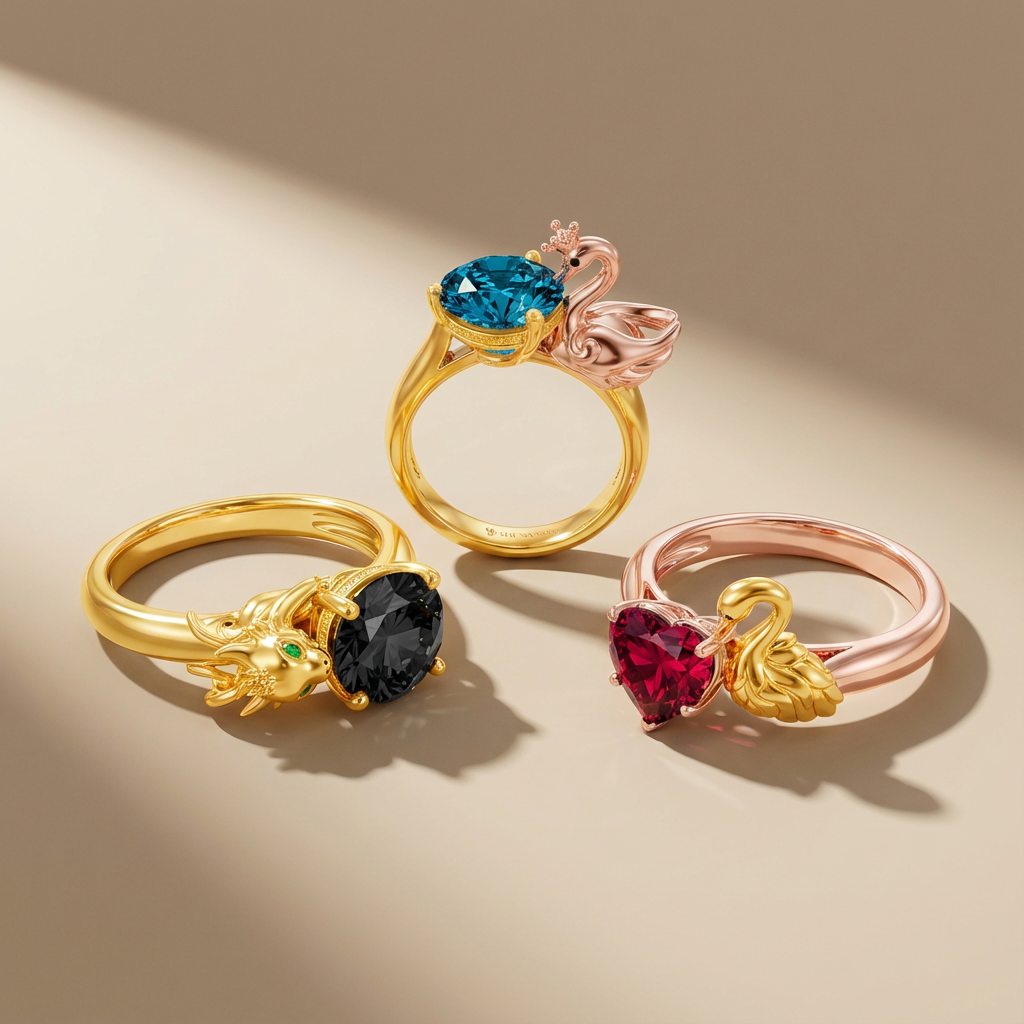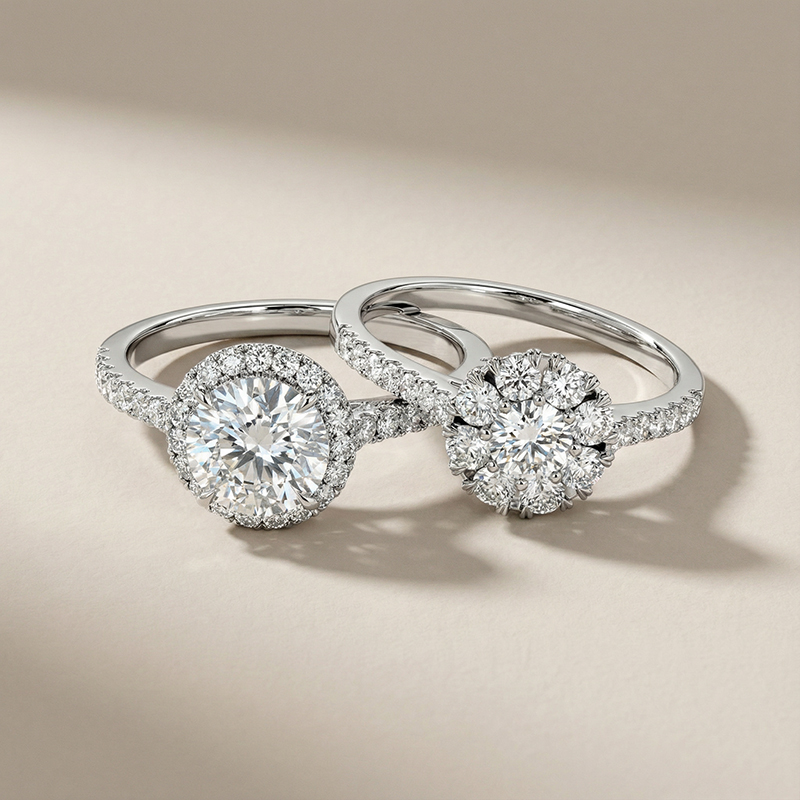Rose gold, an enchanting blend of pure gold and copper, embodies warmth and romance in the jewelry realm. Its distinct pinkish hue and modern spin make it a preferred choice for those seeking a touch of elegance and uniqueness in their jewelry collection. You may be curious about the rose gold jewelry trend but not sure what makes it different from regular gold. Fear not, as we've prepared this guide to answer your most pressing questions about rose gold. Get ready to fall in love with rose gold!
Q1: What is rose gold?
A: Rose gold, also known as pink gold or red gold, is a blend of gold with copper and sometimes silver or zinc. The copper provides a rosy color, while the silver or zinc can help tone down the redness of the copper, resulting in a more pinkish hue.

Q2: How is the color of rose gold achieved?
A: The color of rose gold is achieved by varying the amount of copper and silver or zinc in the alloy. More copper results in a redder color, while more silver or zinc results in a pinker color. The gold content remains the same, ensuring the metal retains its value and durability.
Q3: What are the properties of rose gold?
A: Rose gold is durable and more resistant to tarnish due to the presence of copper. However, it’s not as hard as white gold, making it slightly more susceptible to scratches. It’s also hypoallergenic, making it a good choice for those with sensitive skin.
Q4: What are the pros of rose gold?
A: It has a unique romantic aesthetic, is a trendy alternative to traditional golds, and pairs well with many skin tones. Meanwhile, it holds value as a precious metal alloy.

Q5: Is rose gold real gold?
A: Yes, rose gold is real gold. The rosy color is achieved by alloying gold with other metals. The actual gold content can vary, typically 75% for 18k rose gold, 58.3% for 14k rose gold, and 41.7% for 10k rose gold.
Q6: How to tell if rose gold is real?
A: Real rose gold will have a hallmark stamped on it indicating its gold content, such as “10k”, “14k”, or “18k“. It should also have a warm, pink hue, not a bright copper color.
Q7: Can rose gold turn your skin green?
A: No, rose gold typically doesn’t turn your skin green. It’s made of gold, copper, and sometimes small amounts of silver or zinc. It doesn’t contain nickel, which is the usual culprit for skin discoloration. However, in rare cases, copper in the alloy might cause a greenish tint on some individuals with high body acidity or due to certain medications.

Q8: Does rose gold tarnish or fade over time?
A: Rose gold is resistant to tarnish due to its copper content. However, it can darken slightly over time due to oxidation. This can often be remedied with professional cleaning.
Q9: How to care for rose gold jewelry?
A: Rose gold jewelry should be cleaned with a soft, lint-free cloth. Avoid harsh chemicals, as they can damage the surface. It’s also best to remove rose gold jewelry before engaging in physical activities to prevent scratching.
Q10: Can rose gold be refinished or repaired?
A: Yes, rose gold can be refinished and repaired by a professional jeweler. This can help to remove scratches and restore the metal’s original shine.

Q11: Does rose gold cost more than yellow or white gold?
A: The cost of rose gold is usually comparable to that of yellow or white gold. The price primarily depends on the gold content, brand, design, and craftsmanship, not the color.
Q12: Is rose gold a good investment?
A: As with any jewelry, the investment value of rose gold depends on factors like the quality of craftsmanship, brand reputation, and market demand. However, the intrinsic value of the gold itself should hold steady over time.
Q13: Where to buy rose gold jewelry?
A: For fine rose gold jewelry, consider browsing the collection at SHE.SAID.YES. Our selection includes a variety of beautifully designed pieces, from delicate necklaces to stunning rings, all crafted with the utmost attention to detail.

